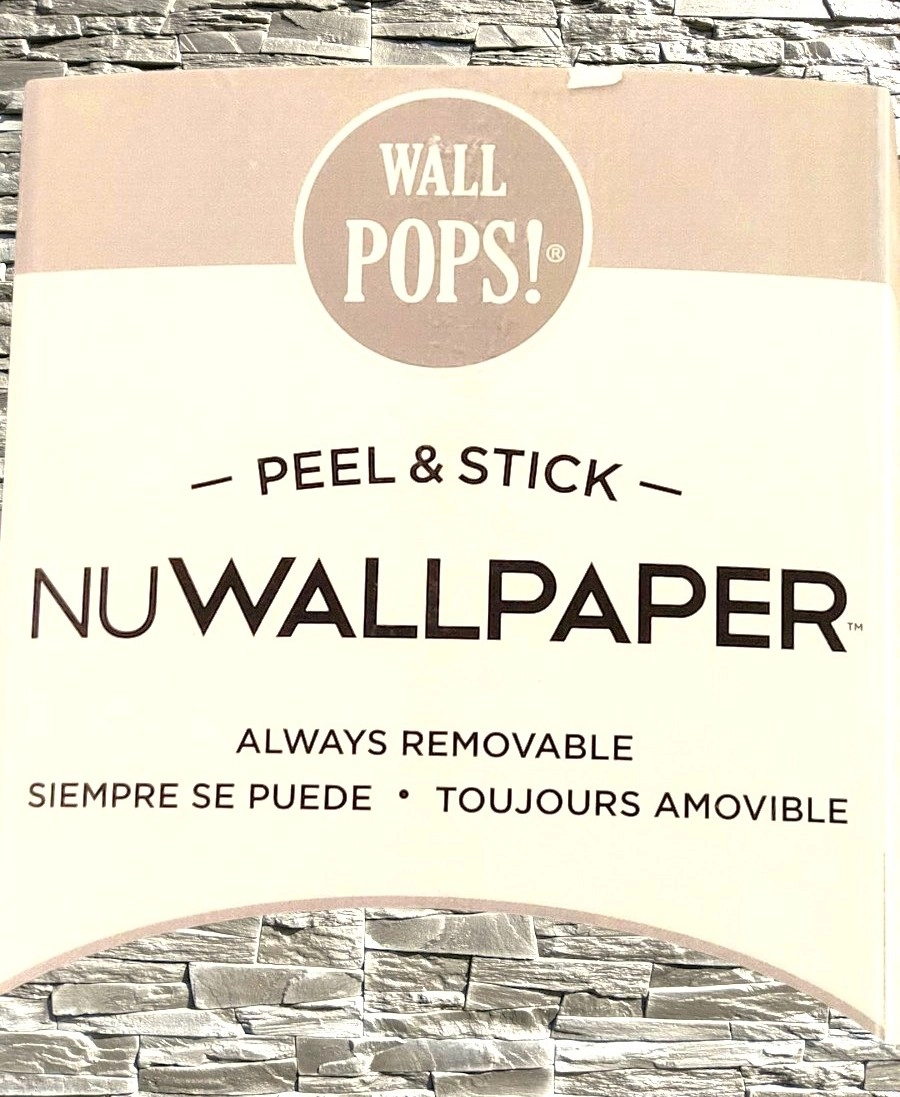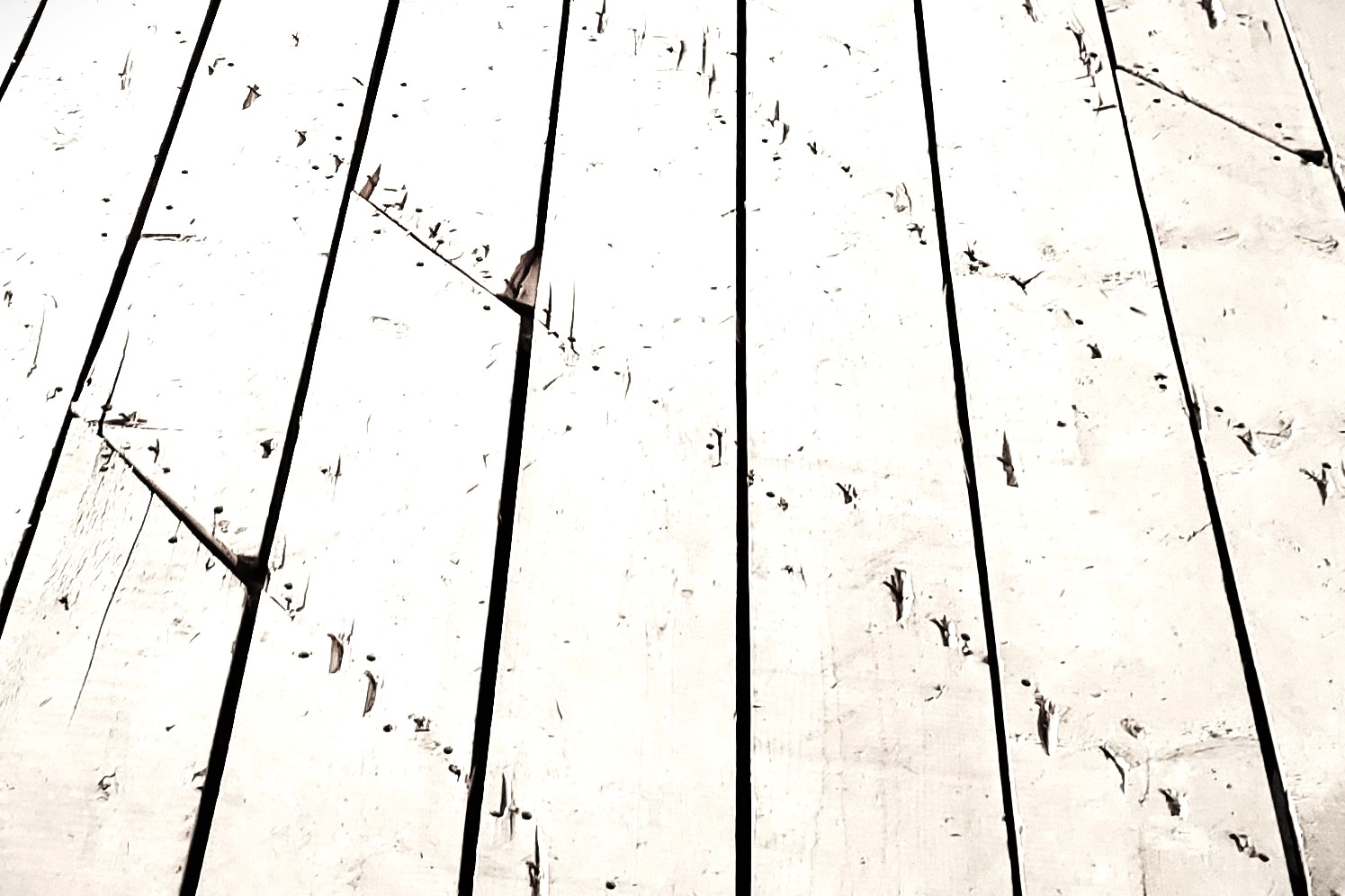Peel and Stick Wallpaper Over Tile?

Whether in your bathroom or kitchen, tiles may greatly enhance the visual appeal of your walls. However, it’s common to become tired of tiled walls after a while.
You might think about using removable or peel-and-stick wallpaper to your tiled walls if you want to add some flair to the finish. There are many different designs, prints, and colors of this kind of wallpaper.
It’s also quite simple to use. Applying it to a wall only requires removing the backing that shields the adhesive.
I’ll be answering the question of whether it’s acceptable to cover tile with peel-and-stick wallpaper today. I’ll also go over some of the risks and the best way to accomplish this.
Is it possible to cover tile with peel-and-stick wallpaper?
Tiles can be covered with detachable wallpaper. To make sure the tile surface is suitable for detachable wallpaper, there are a few things you need to perform beforehand.
Applying removable wallpaper requires a level, even, and smooth surface, such as drywall. Since tiles don’t fit these requirements, applying peel-and-stick wallpaper directly over tiles will appear strange and most likely not survive long.
Nonetheless, there is a method for turning tiles into a surface that may be covered with detachable wallpaper.
How Can I Cover Tile with Peel and Stick Wallpaper?
- Step 1: Sand the tiles.
The majority of tiles have a glossy surface, which makes it difficult for wallpaper to stick to. Sanding the tiles is therefore the first step before putting detachable wallpaper.
Tiles are difficult to cut through, therefore you shouldn’t use ordinary sandpaper this time. The best tool for this job is an electric belt sander. Roughen up the tile surface with this tool. Don’t go too far, though.
- Step 2: Sanded tiles should be cleaned.
The substrate must always be clear of pollutants, dirt, and debris when working with wallpaper. As a result, cleaning the sanded tiles properly is a smart choice.
An all-purpose cleaner works better at removing tough filth, so you can use it. Remember to give the tiles a good rinsing. Before moving on to the next stage, let them dry.
- Step 3: Apply some joint compound.
The joint compound is used to level or flatten the sanded tiles, in case you were wondering why you need it. Your tiles’ grooves and cracks will be filled in by the joint compound. The wallpaper will look better on surfaces that are flatter.
- Step 4: Installing a Lining Paper
Additionally, the lining paper performs the same function as the joint compound. It smoothes the tiles’ surface. Additionally, it provides something for the detachable wallpaper to adhere to, ensuring results that last.
Be sure to use a strong adhesive to secure this bridging material. Apply a high-quality primer after adhering the lining paper, then wait for it to dry before moving on to the next step.
- Step 5: Remove the wallpaper and adhere it.
You can now peel and apply your wallpaper after completing the aforementioned procedures. It will last for years and appear to have been put on drywall.
Is Applying Peel and Stick Wallpaper Over Bathroom Tile a Good Idea?
Bathrooms aren’t the best locations for detachable wallpaper because of the wetness. There are a few exceptions, though.
For example, you could wallpaper over the tiled wall if it’s a little farther from the shower. Additionally, you should use moisture-resistant wallpaper in places with a lot of moisture, including bathrooms.
Take into account the aforementioned considerations if you wish to apply detachable wallpaper over the bathroom tile. The lifetime of your detachable wallpaper can only be guaranteed in this manner.
Does Applying Peel and Stick Wallpaper Require Removing Tiles?
An experienced contractor will advise you to remove the tiles before putting on the detachable wallpaper. Nevertheless, tile and grout removal is a laborious and time-consuming procedure.
The aforementioned approach is far quicker and more useful for a homeowner doing this kind of do-it-yourself activity.
Tiles don’t have to be taken out before the detachable wallpaper is applied. You should be fine as long as you sand the tiles and use a bridging medium, such as lining paper.
What Dangers Come with Putting Removable Wallpaper on Tile?
There are a few potential problems if you apply detachable wallpaper directly over tile. Among the dangers involved are
- The peel-and-stick wallpaper may get indented due to the distance between tiles. It would appear grotesque that way.
- There will be poor adhesion between tiles and detachable wallpaper. As a result, it will peel off easily in a few days, particularly if there is moisture.
- The tile pattern may occasionally transfer to the detachable wallpaper, depending on the print and color you choose.
The good news is that you won’t have to worry about the majority of these dangers if you use the strategy I described above.
Using peel-and-stick wallpaper instead of painting over tiles
You can paint the tiles on your walls if you’re sick of them rather than covering them with wallpaper. The latter approach is less dangerous and a common do-it-yourself way to update the appearance of a tiled wall.
Before applying detachable wallpaper to your walls, spend some time comparing this technique to painting and determining which is simpler and more durable. Remember that touch-ups are much simpler with paint than with damaged wallpaper.
If you choose to paint over tiles rather than cover them with wallpaper, begin by giving the tiles a thorough cleaning. To promote adhesion, be sure to use a priming or bonding agent.
Using tile stickers is the alternative that I would also suggest. You may add some flair to each tile by covering them with these small wallpapers.
Tile stickers are available on Amazon or at your preferred hardware store. Unlike detachable wallpapers, they are quite inexpensive and simple to install.
Is it possible to cover backsplash tiles with removable wallpaper?
You can, of course. All you need to do is adhere to the previously mentioned approach. However, there are a few things to consider before you hastily apply wallpaper to your backsplash tile.
Tiles for backsplashes are typically seen around sinks and stoves. Hot, humid environments are not ideal for wallpaper growth. The wallpaper on your backsplash tiles will not stay long because it will be exposed to heat and water on a regular basis.
Despite the temptation, you should avoid covering backsplash tiles with detachable wallpaper.
Which surfaces are suitable for applying peel-and-stick wallpaper?
It was not intended for peel-and-stick wallpaper to be applied to tiles. For this reason, a thorough procedure must be followed before applying wallpaper on tiles. Nonetheless, they are simply applied to furniture, cabinets, mirrors, walls, and frames.

